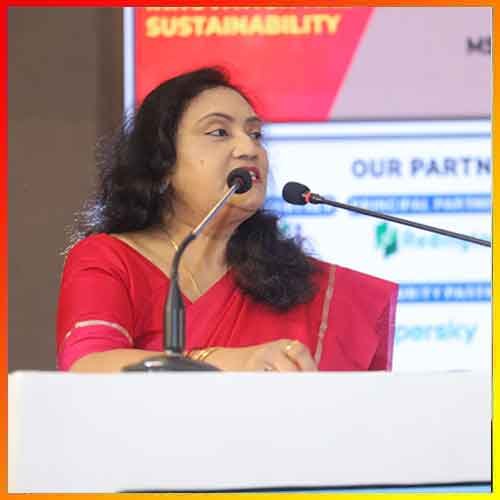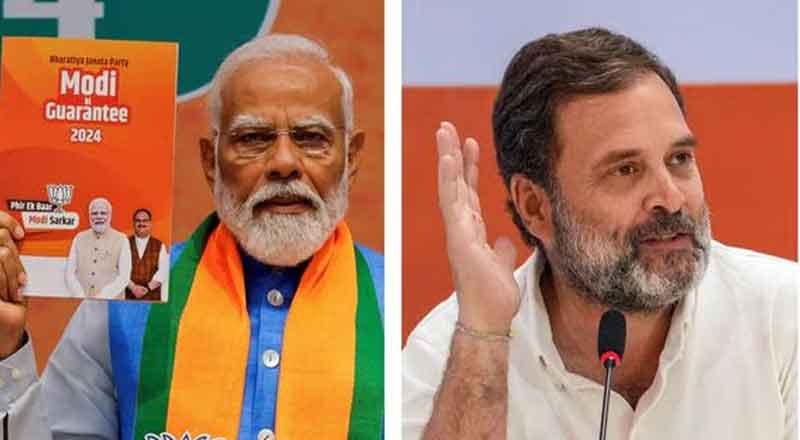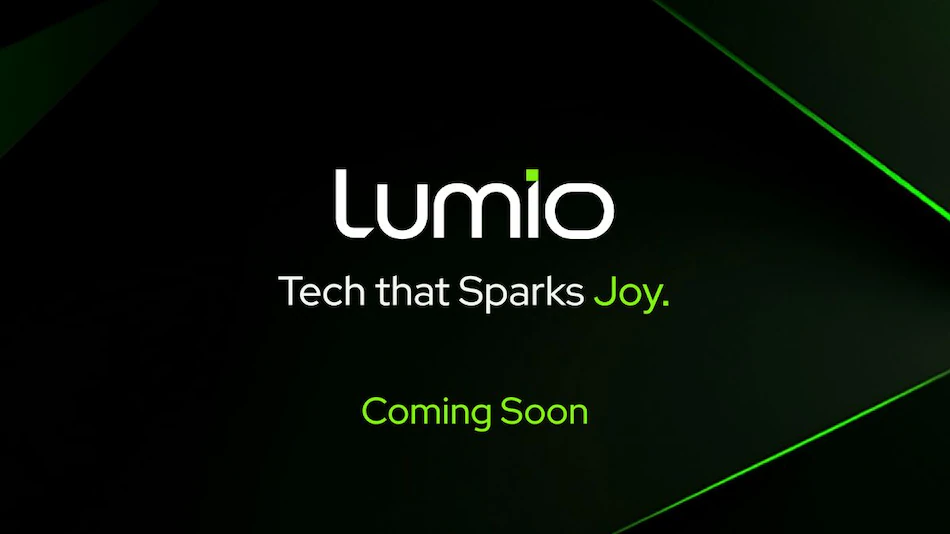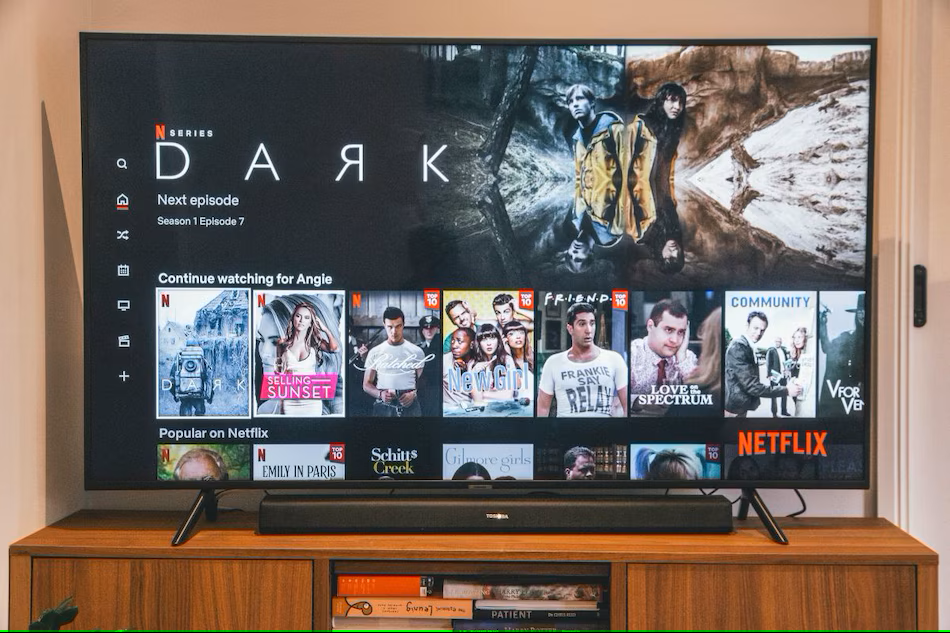
Influencer Marketing 2.0: Expanding Beyond Social Platforms
Influencer marketing has transformed from a niche strategy into a booming $21 billion market, appealing to diverse brands.
Its rapid ascent is fuelled by consumer skepticism towards traditional ads, soaring social media engagement, the dominance of short-form video, info-tainment trends, and the power of social proof.
Despite its growth on platforms like TikTok and Instagram, social media presents significant hurdles.
Brands grapple with restricted data access, making ROI measurement difficult, and face unpredictable algorithmic changes that limit content reach.
Intense competition also drives up ad costs, challenging smaller brands.
To maximize returns, smart brands are expanding influencer campaigns to the Open Web (publisher sites, streaming TV, etc.).
They're leveraging social media as a testing ground to identify top-performing content, then distributing it widely.
This offers higher ROI, precise targeting, and greater control over content, while side-stepping social platforms' high competition and rising expenses.
A balanced approach is crucial: social media remains vital for organic reach, but integrating the Open Web ensures influencer content effectively reaches the right audience, optimizing brand investment.
Ms. S Mohini Ratna - Editor VARINDIA








